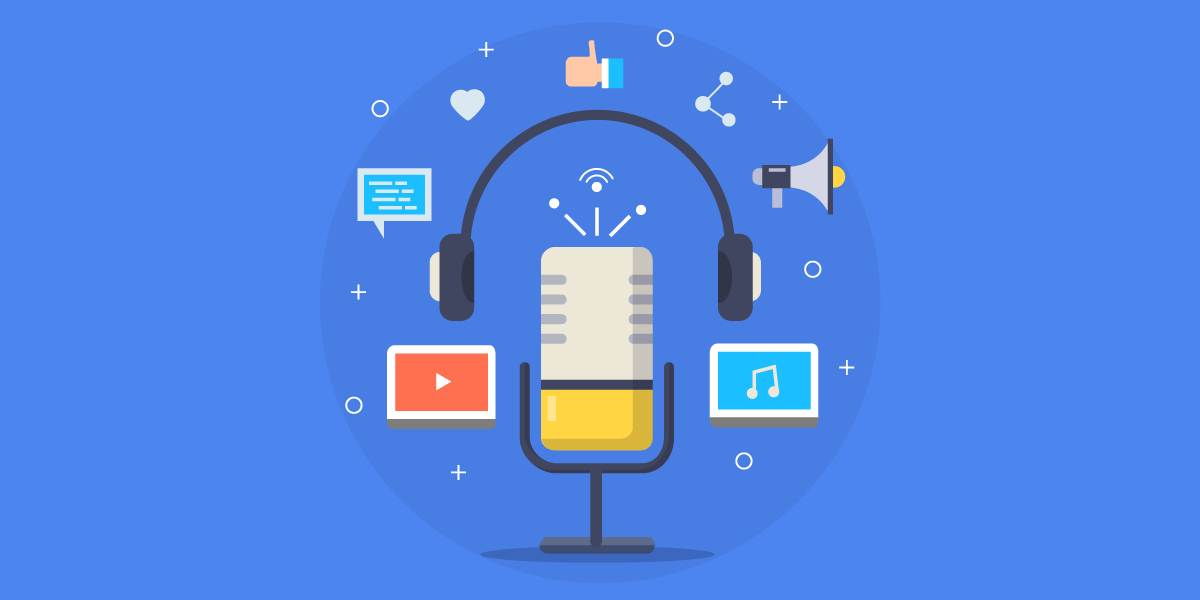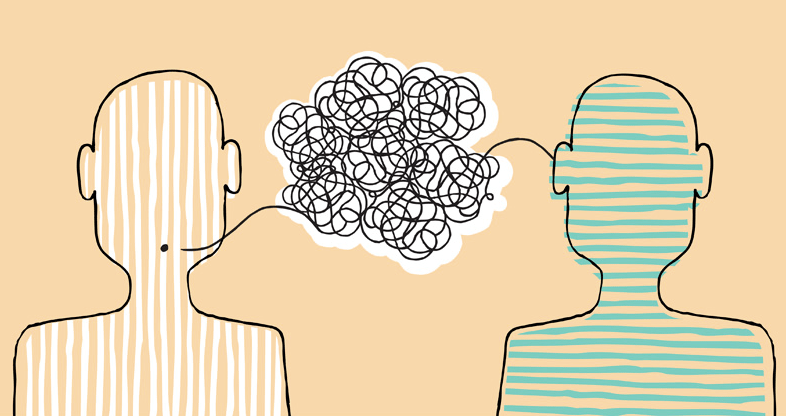Teaching using Social Software - Blogs, Wikis & Podcasts
CONTENTS
- Social Software
- Blogs in language teaching
- How to start using blogs with learners.
- Wikis in language teaching.
- Podcast in language teaching
- How to create learner podcasts
- A blog is a web page with regular diary or journal entries.
- A wiki is a collaborative web space, consisting of a number of pages that can be edited by any user.
- A podcast is an audio and/or video file that is "broadcast" via the Internet; the word comes from the combining iPod and broadcast.
These social software have several things is common, for example; they are usually used by teachers and/or learners, they can be used to connect people from other countries or communities and people can generated and created content individually or collaboratively.
Some common disadvantages about these tools are that people can feel frustrated and it can be overwhelming the use of technology for people, also there are information that is not very accuracy and appropriated.
Blogs in language teaching

- Blogs may consist of written text only, or they man include pictures o photos or even audio and video
- Blogs will sometimes include a blogroll, or list of links to other blogs which the blog writer admires, thereby widening the online community of blog writers and readers.
Edublogs
- Blogs used in education are known as edublogs.
- It can be used by a teacher, by individual learners or by a class.
- The blog can be used by the teacher to provide news, comments on issues, extra readings, homework, online links to their learners who were unable to attend, study tips, and so on.
The last type of blog is known as class blog, this blog can be used to post comments on certain topic, or on class work. In a class blog learners all post to the same blog.
Advantages of using blogs in classroom:
- They provide a "real wold" tool for learners.
- It is a way of contacting learners from other parts of the world.
How to start using blogs with learners.
Step 1. Setting up a sample blog.
Before class set up your own blog, including information about yourself, as a model of what would you like your learners produce.
- This allow learners to become familiar with the blogs and how it works.
Step 2. Setting up a sample blog.
Take your learners to your computer room, and help then to set up their own blogs, depending of the resources, they can work individually, in pairs or in small groups. In case of the single computer classroom, the teacher can set up a single blog for the entire class.
If it is possible, put your learners into pairs or small groups to set up their blogs, with one more tech-savvy learner per group to help out, in that way the work will be less laborious.
Or if you have the facilities to project a computer screen you can set up the blog step by step and everyone can see it.
Step 3. Posting to and visiting blogs.
When learners have set up their own blogs, they are ready to preparing and posting content; after their blogs contain some postings and photos, encourage them to share their blog address and to visit each other's blogs.
Step 4. Follow up.
The blogs can be kept as an internal class project or other classes can be encouraged to visit and comment o the blogs.
How to set up a blog.
There are numbers of free sites available on internet to create blogs, for example: Blogger, WordPress, EzBlogWorld, Bahraich Blogs, Getablog, and so on.
Audio and video blogs.
You will need:
- Access to audio or video equipment. (microphone, video camera or webcam)
- An editing software.
- Sufficient space on a web server to store the multimedia files.
If you're planning to do this kind of project with your learners, you will need spend little time training them.
Examples
Education Week
https://www.edweek.org/ew/section/blogs/index.html
Aula Planeta
https://www.aulaplaneta.com/blog/
Wikis in language teaching.
- A wiki is like a public website o public web page, stared by a person, but which subsequent visitors can add to, delete or change as they wish.
- A wiki is more dynamic, and have multiple authors.
- A wiki has a non-linea structure, and pages may link back and forwards to other pages.
Wikipedia
 One of the best-know wikis is Wikipedia, an online encyclopedia that anyone can add to or edit. Wikipedia is collaborative and grossroots, displays multiple authorship and is not "owned" by anyone.
One of the best-know wikis is Wikipedia, an online encyclopedia that anyone can add to or edit. Wikipedia is collaborative and grossroots, displays multiple authorship and is not "owned" by anyone.
The mechanics of using a wiki are relatively simple:
Learners can add new pages to a wiki, as well as edit previous entries pages.
How to start to using a wiki with learners.
The best way to start using a wiki with learners is to set up a collaborative writing project.
Step 1. Preparation before lesson.
Using a free wiki site, the teacher sets up the first page of a wiki, outlining the topic of the project, and the steps the learners will need to take in the project.
Step 2. Start writing.
Step 3. Corrections
Step 1. Preparation before lesson.
Using a free wiki site, the teacher sets up the first page of a wiki, outlining the topic of the project, and the steps the learners will need to take in the project.
Step 2. Start writing.
- Put the learners in pairs and tell them the topic they're going to write about, allow them to choose and research the information using an online encyclopedia such as Wikipedia.
- They may prepare the writing on paper, in a Word document or directly into the wiki.
- You will need to give the learners clean directions on how to add a new page to the wiki and then how to add what they researched.
- Once all the pairs have added their information to the wiki, let the spend tome reading the other pairs' description.
Step 3. Corrections
Allocate one writing to each pair from the previous class and read it, clicks on the Edith tab fo the wiki page and corrects any "wrong" information in the writing. Depending of the level of the class, you can ask the pairs to add grammatical errors to the entry, while they are correcting te factual information. Then each pair go back to the original writing, and reads the corrections that were made.
Alternative
With higher levels a slightly more complex collaborative writing project could be set up, using online resources for research. Each pair prepare an entry, and creates a wiki page dedicated to their topic. All topics can link from the main wiki page, in that way the final result is a wiki pages like a mini encyclopedia.
How to set up a wiki
There are several free sites for setting up wikis:
- Pbwiki
- MediaWiki
- Wikihost
Examples
TEFLPEDIA
https://teflpedia.com/Main_Page
Fandom
https://www.fandom.com/
Podcast in language teaching
- You you can listen to or watch a podcast on a topic that interest you whenever you want to on TV or using a radio.
- A podcast consist on a "show" which is released either sporadically or at regular intervals, for example every day or once a week;
- A podcast can be on any topic, and include music and video.
- A podcast can last anything upwards of a few minutes to an hour or more
- Podcast can be authentic (BBC radio shows) or specially made for language learners.
There are two main uses of podcast in teaching
- Learners can listen to podcast made by others.
- Learners can produce their own podcast
 One option for the language teacher is to encourage learners to find a podcast on a topic that interests them and get them subscribe and then listen to it regularly in their free time. To high level learners you can encourage to subscribe to authentic podcast, for example form sites such as the BBC News, also, learners can produce their own podcast.
One option for the language teacher is to encourage learners to find a podcast on a topic that interests them and get them subscribe and then listen to it regularly in their free time. To high level learners you can encourage to subscribe to authentic podcast, for example form sites such as the BBC News, also, learners can produce their own podcast.How to create learner podcasts
Step 1. Setting up a podcast page.
Using a free podcast site like podOmatic, the teacher set up a podcast page for the project; to record it, the teacher needs:
Using a free podcast site like podOmatic, the teacher set up a podcast page for the project; to record it, the teacher needs:
- a computer
- internet connection
- a microphone
- speakers or headset
The teacher can provide a short text description of the project, with photos and an example podcast, also add a podcast as a briefing for the class, including the information that they would like learners to have in their own podcasts.
Step 2. Creating learner podcasts.
In pairs or individually, learners prepare rehearse a short text. It is important to allow learners time to rehearse their text several times so tat they feel confident about being recorded. Although their podcast shouldn't be directly read out word by word.
When learners are happy with the recordings of their individual podcast, they publish them to the pain podcast page.
Step 3. Listening to learner podcasts
In a subsequent class, put learners with a computer and allow them to listen to all of their classmates' podcasts. Once all the podcasts have been listened to, allow learners to compare what they heard in small groups.
Step 4. Follow up
One learners are familiar with the podcasting site and how to use it, they can start to produce regular podcasts on the topics which are covered in class.
Examples
Teachers's Room: Introducing new vocabulary
https://www.youtube.com/watch?v=3iKfb5nDgdU
Amigos Ingleses
https://www.amigosingleses.com/audio/
Conclusion
The use of social software is every day more common in schools, and in a second language classroom it is a very useful tool, because it allows students to learn in different ways using blogs, wiki pages and podcast; with blogs and wikis learners can improve their reading and writing skills, and with podcast they can improve their pronunciation and intonation.
Also, learners can use these social software to communicate with native speakers and learn in a non traditional way, because there are many activities to do.
Reference
Dudeney, G & Hockly, N. (2007) Blogs, Wikis and Podcasts, in "How to teach English with Technology". UK. Pearson. p.p. 86-102




No hay comentarios.:
Publicar un comentario